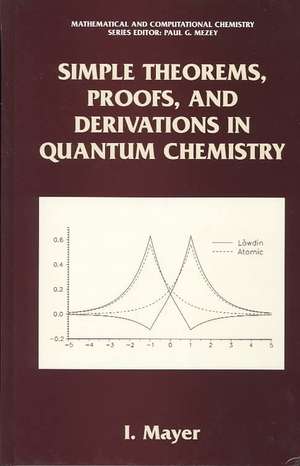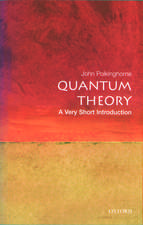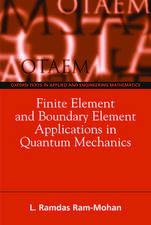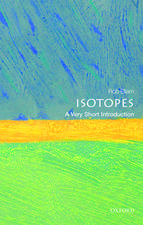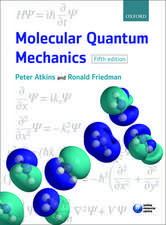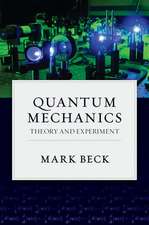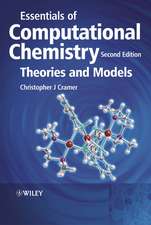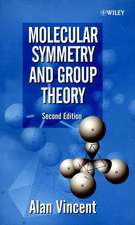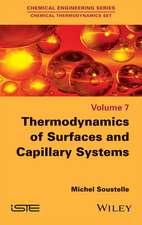Simple Theorems, Proofs, and Derivations in Quantum Chemistry: Mathematical and Computational Chemistry
Autor Istvan Mayeren Limba Engleză Hardback – 31 mar 2003
| Toate formatele și edițiile | Preț | Express |
|---|---|---|
| Paperback (1) | 1218.17 lei 6-8 săpt. | |
| Springer Us – 6 dec 2010 | 1218.17 lei 6-8 săpt. | |
| Hardback (1) | 1224.83 lei 6-8 săpt. | |
| Springer Us – 31 mar 2003 | 1224.83 lei 6-8 săpt. |
Preț: 1224.83 lei
Preț vechi: 1493.69 lei
-18% Nou
Puncte Express: 1837
Preț estimativ în valută:
234.38€ • 250.62$ • 195.41£
234.38€ • 250.62$ • 195.41£
Carte tipărită la comandă
Livrare economică 18 aprilie-02 mai
Preluare comenzi: 021 569.72.76
Specificații
ISBN-13: 9780306474095
ISBN-10: 0306474093
Pagini: 337
Ilustrații: XIII, 337 p.
Dimensiuni: 178 x 254 x 26 mm
Greutate: 0.8 kg
Ediția:2003
Editura: Springer Us
Colecția Springer
Seria Mathematical and Computational Chemistry
Locul publicării:New York, NY, United States
ISBN-10: 0306474093
Pagini: 337
Ilustrații: XIII, 337 p.
Dimensiuni: 178 x 254 x 26 mm
Greutate: 0.8 kg
Ediția:2003
Editura: Springer Us
Colecția Springer
Seria Mathematical and Computational Chemistry
Locul publicării:New York, NY, United States
Public țintă
ResearchCuprins
1. The Born-Oppenheimer Hamiltonian.- 2. General Theorems and Principles.- 3. The Linear Variational Method and Löwdin’s Orthogonalization Schemes.- 4. Perturbational Methods.- 5. Determinant Wave Functions.- 6. The Hartree-Fock Method.- 7. Population Analysis, Bond Orders, and Valences.- 8. The Electron Correlation.- 9. Miscellaneous.- Appendices.- I. Separating the motion of the center of mass in classical mechanics.- II. Reducing the two-body problem to two one-body ones in classical mechanics.- III. Analogy between differentials and variations.- IV. Euler’s theorem for homogenous functions.- V. The virial theorem in classical mechanics.- VI. The electronic Schrödinger equation in atomic units.- VII. The “bra-ket” formalism.- 1. Dirac’s “bra” and “ket” vectors.- 2. Analogy with the matrix formalism.- 3. The use of an overlapping basis.- 4. Example of using the bra-ket formalism: The hypervirial theorem.- 5. Projection operators.- 6. Resolution of identity.- 7. Spectral resolution of Hermitian operators.- 8. The case of non-Hermitian operators—biorthogonal sets of functions.- 9. The trace of the projector.- VIII. Collection of formulas for Rayleigh-Schrödinger perturbation theory (nondegenerate case).- IX. Direct products of matrices.- X. Permutations.- XI. An orthogonalization algorithm.
